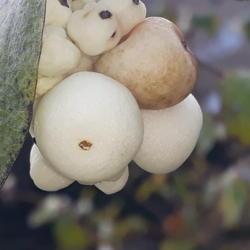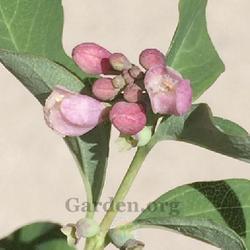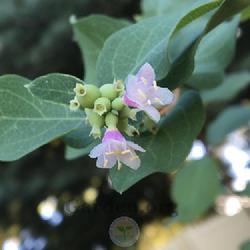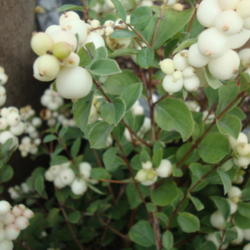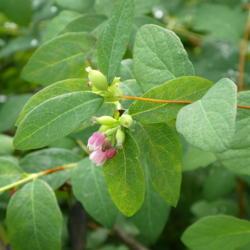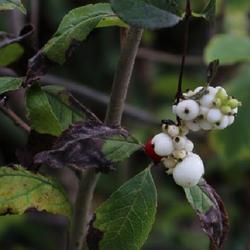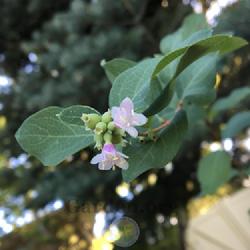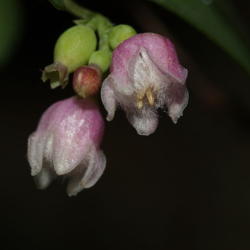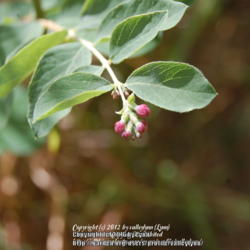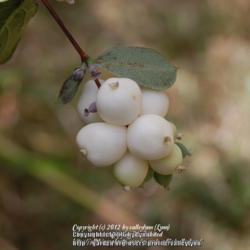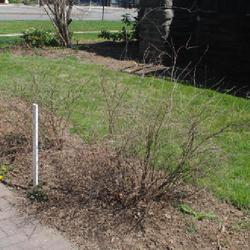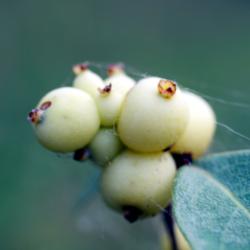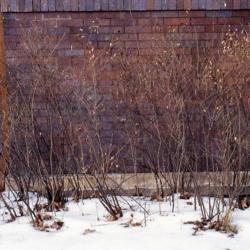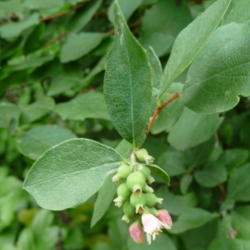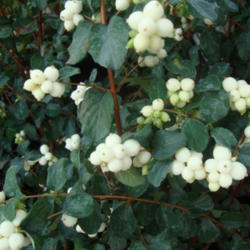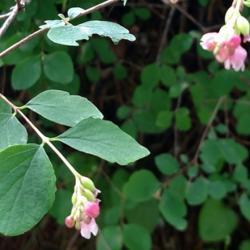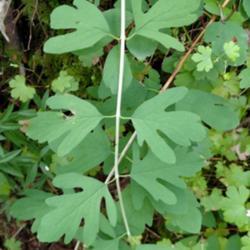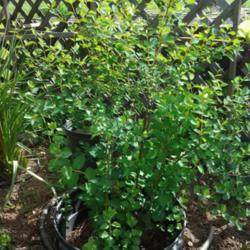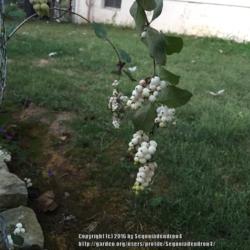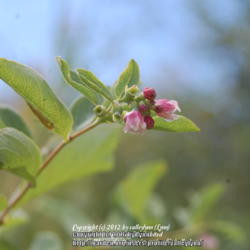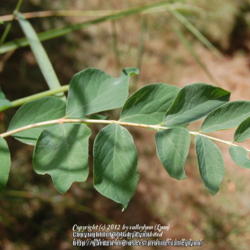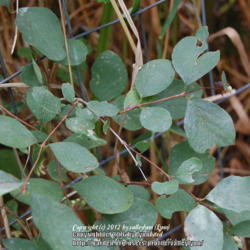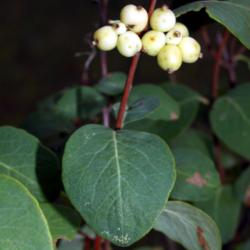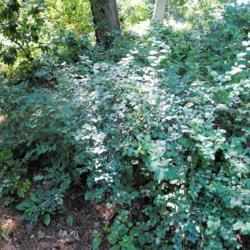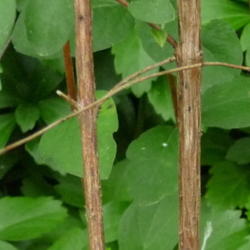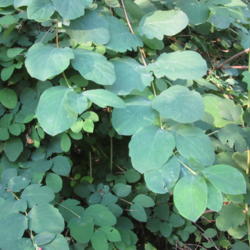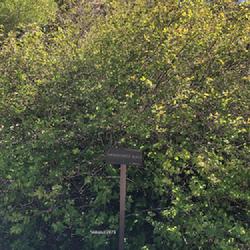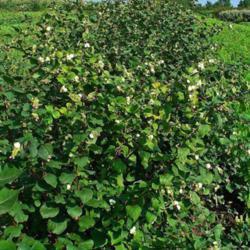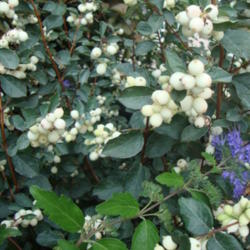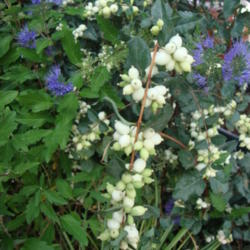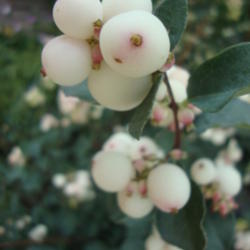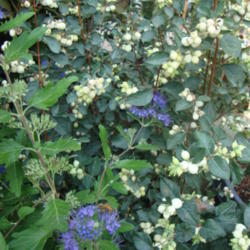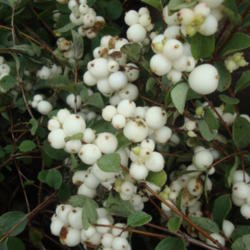| Plant Habit: | Shrub |
| Life cycle: | Perennial |
| Sun Requirements: | Full Sun Full Sun to Partial Shade Partial or Dappled Shade Partial Shade to Full Shade |
| Water Preferences: | Wet Mesic Mesic Dry Mesic |
| Soil pH Preferences: | Slightly acid (6.1 – 6.5) Neutral (6.6 – 7.3) Slightly alkaline (7.4 – 7.8) Moderately alkaline (7.9 – 8.4) |
| Minimum cold hardiness: | Zone 2 -45.6 °C (-50 °F) to -42.8 °C (-45°F) |
| Maximum recommended zone: | Zone 7b |
| Plant Height: | 6 feet |
| Plant Spread: | 6 feet |
| Leaves: | Deciduous Broadleaf |
| Fruit: | Showy Edible to birds |
| Fruiting Time: | Late summer or early fall Fall Late fall or early winter |
| Flowers: | Inconspicuous Malodorous |
| Flower Color: | Pink White |
| Bloom Size: | Under 1" |
| Flower Time: | Late spring or early summer Summer |
| Uses: | Provides winter interest Erosion control Medicinal Herb Will Naturalize Suitable for forage |
| Wildlife Attractant: | Bees Birds Butterflies |
| Toxicity: | Fruit is poisonous Other: Low toxicity if eaten, causing vomiting and diarrhea from calcium oxalate and possibly saponic glycoside. |
| Propagation: Other methods: | Cuttings: Stem Layering Other: Suckering |
| Pollinators: | Bees |
| Miscellaneous: | Monoecious Goes Dormant |
| Conservation status: | Least Concern (LC) |
